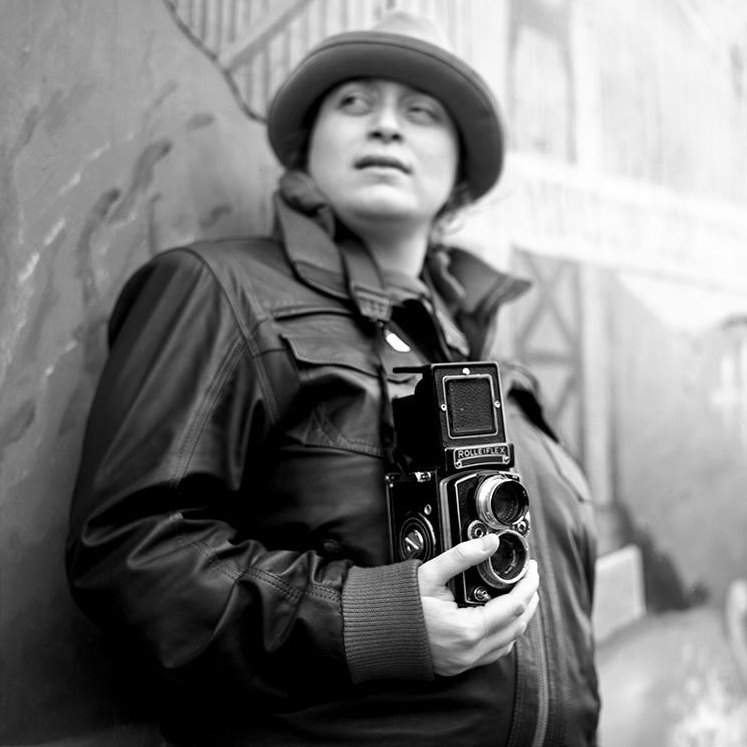
Creating a portrait of people is what inspires photographic artist and filmmaker Alice Esposito but surrounding her subjects with light and space is what informs her work. Calling her subjects her “community,” and explaining her work as a response to and documentation of her life, Esposito’s still images appear visually entwined with her film work.
“I grew up watching, Italian Neorealism, Nouvelle Vague and Film Noir; they all influence my work greatly in photography and film,” she says. “In my movies I like more of an experimental approach, exploring existential themes. I’m interested in the change in the psyche and approach of everyday life and its conditions, from social issues, oppression, injustice, especially the use of irony as a tool to explore these themes.”

Both bodies of work are poetic and lyrical and evoke a sense of connection with the viewer. “I rarely photograph people without having a conversation with them, I want to understand the person I’m about to photograph, their mannerisms, their posture, what makes them laugh, cry, and think. I love to see the place where they live, to know what they’re passionate about, what kind of energy surrounds them.”
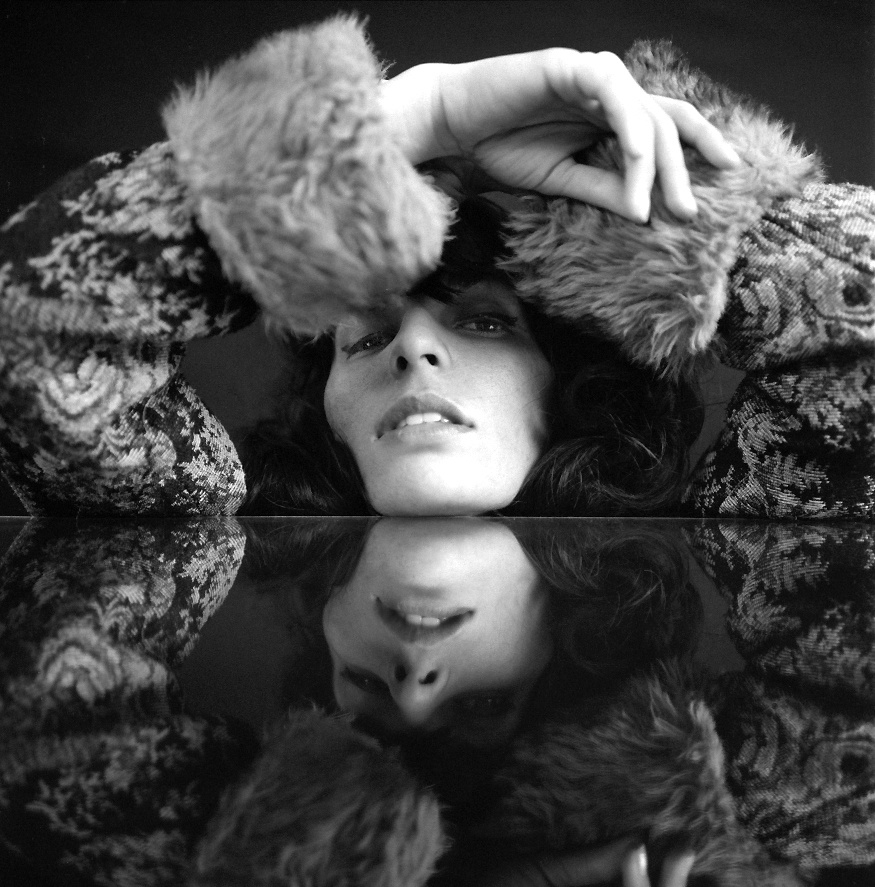
Viewing one’s home as a personal “temple,” she frequently uses this setting in her work, saying this is where her subjects are most comfortable in expressing themselves, and revealing an intimate sense of their spirits.
“When you understand the soul, the essence of a person, it becomes easy to capture their attitude and presence with the camera,” Esposito explains. “Having and using a camera should be seen as an honor, you are put in an extremely privileged position. It’s like having a friend that will never abandon you, and it has a special gift to see things that otherwise you could not.” She adds “It’s basically like having a superpower, when the shutter goes down inside the camera, you don’t actually see what’s going on, everything can happen in 1/1000 of a second.”
She terms the best photographs “happy accidents…you can set up at the scene perfectly and try to control all the elements of it, but you need to be ready for things to go wrong and play with it, you need to have a sense of contingency, you need to be willing to transform your expectations and reshape your initial idea.”
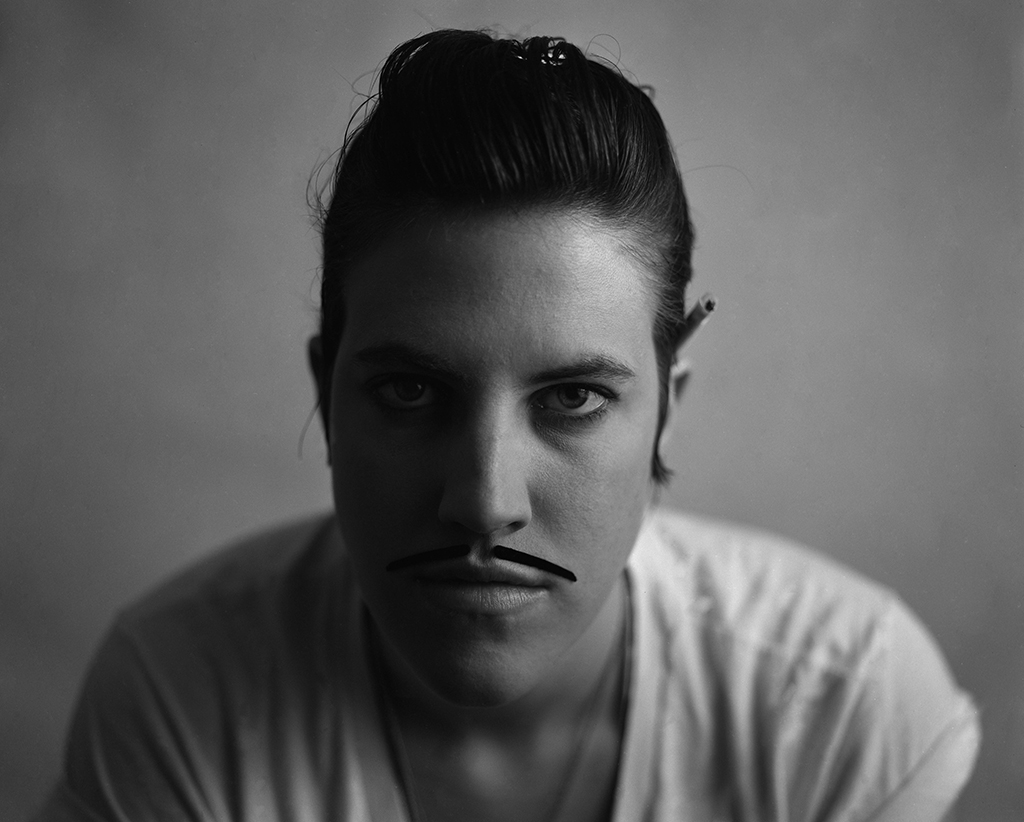
That sense of spontaneity, her love of light, and her engagement with her subjects is vividly present in her work, as is her love of storytelling. “I want the full life experience of the person in front of me. Sometimes,” she admits, “I become obsessed with this method, before taking a portrait of a person it takes me days, weeks, to find the perfect moment, or sometimes, it’s after 5 minutes. It depends when I see what I want to capture, then I’m ready to get behind the camera.”
From a personal standpoint, Esposito admits “I think camera offers me some kind of protection, but it also gives me courage. I don’t only appreciate and love the camera as a tool for my work, but also as an instrument for me to come out of my shell without being too scared, I guess.”
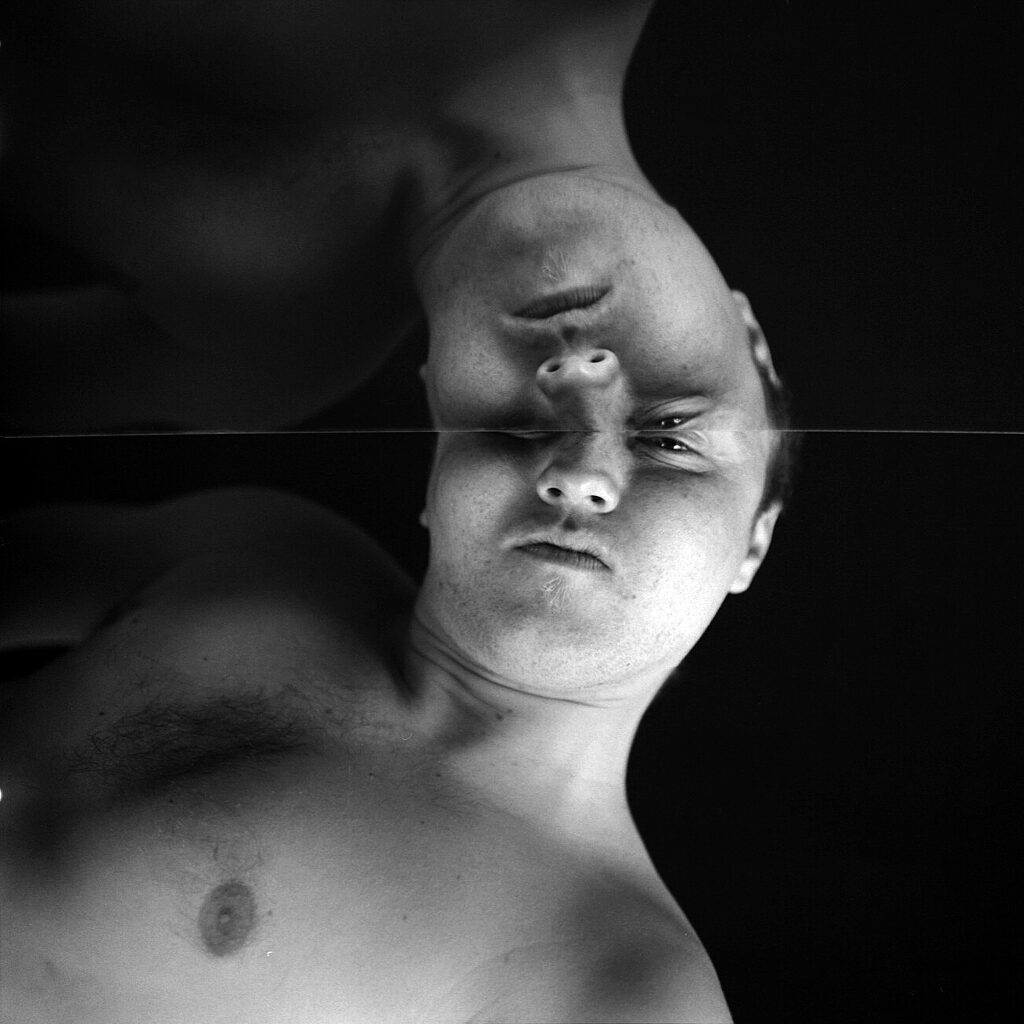
As an admirer of Fellini and Antonioni, Goddard and Truffaut, Diane Arbus and Nan Goldin, both her films and photographs have a quality of dreamy imagination; they are tinged with both a touch of magic and the surreal.
“I want to create a unique and bizarre atmosphere, I love using both natural light and stark artificial lighting effects, to achieve a particular feeling. I often play with double exposure when using film…I want to navigate between the reality at the surface of life and bring a dreamy nostalgia [to it].”
As her process has become more methodical over time, she says today she’s most interested in expressing allusions and subtle meanings, creating a more analytical approach to her work – while still welcome the unpredictable moments, she asserts. Her work itself has been a spiritual evolution, she adds “Photography gave me a freedom to be who I am without being scared or worried.”
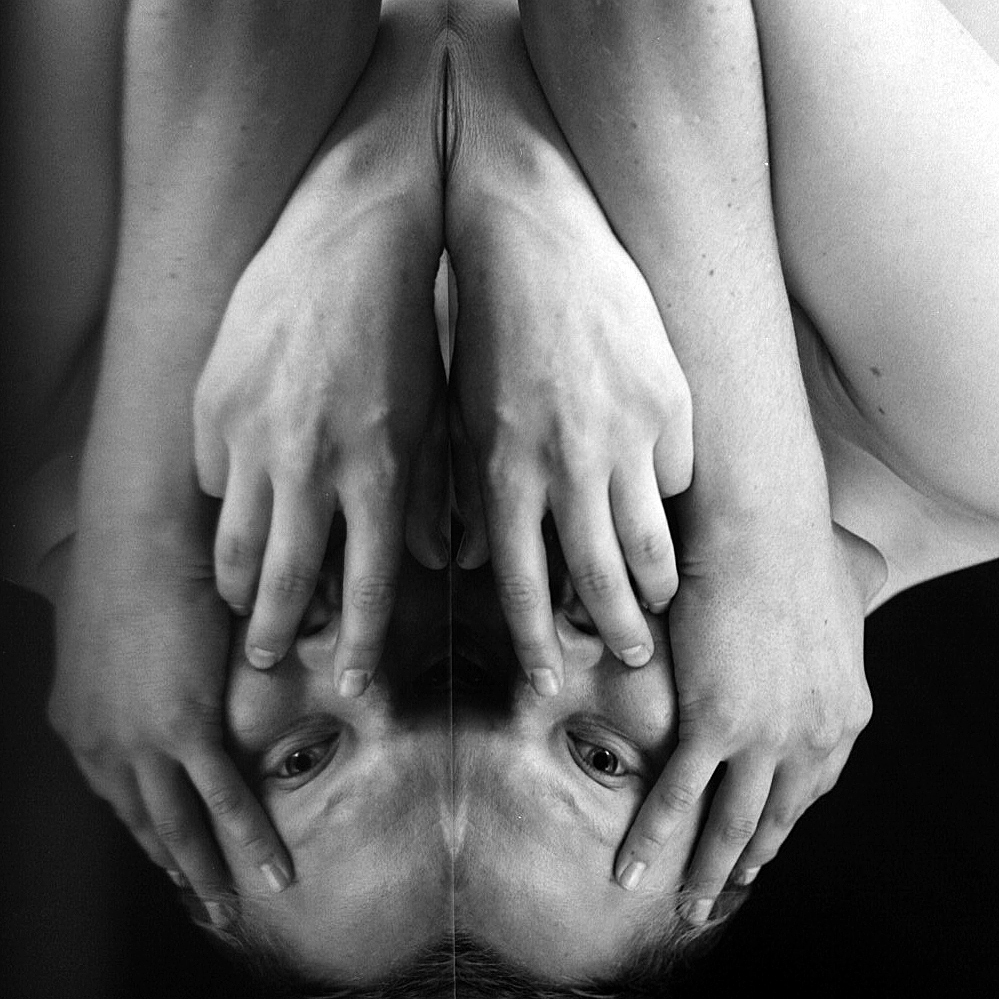
That openness of self-expression has not changed due to the pandemic, though certainly her subjects have. “I haven’t had many chances to see people, apart from a window of social distancing. This has been the chance for me to complete or reprise some unfinished work, and in my editing work, I’m spending a lot of time on the computer and I’m building a huge archive, conceptualizing ideas I could apply now to my work now or later, when I’ll be finally free to leave my studio.”
Esposito recognizes that when she does so, it will be as if emerging into a changed world, altered in terms of many intimate relationships, as well as through pandemic restrictions and changes. Undoubtedly she’ll capture it all through her camera.
- Genie Davis; photos from Alice Esposito


What a wonderful article and images! Thank you.